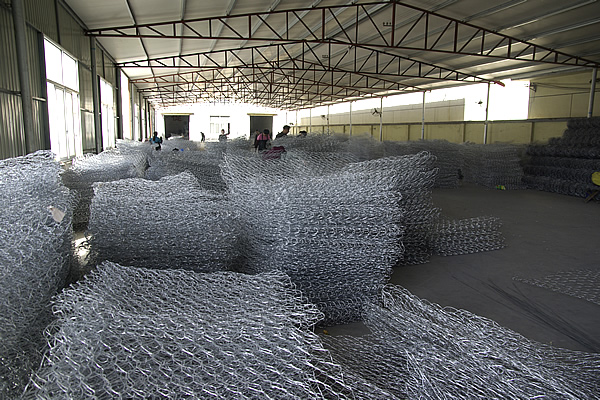 TEL:
+86-13102802206
TEL:
+86-13102802206
 Email:
fencenetting@china.com
Email:
fencenetting@china.com
 Language
Language
 TEL:
+86-13102802206
TEL:
+86-13102802206
 Email:
fencenetting@china.com
Email:
fencenetting@china.com
 Language
Language


Understanding Soldering The Essential Skill for Electronics Enthusiasts
Soldering is a fundamental skill in the world of electronics, allowing enthusiasts, hobbyists, and professionals to create functional circuits and repair devices. At the heart of soldering lies the soldering iron, a tool designed to heat up and melt solder, a fusible metal alloy that binds electrical components together. In this article, we will explore the importance of soldering, the components typically involved, and some tips for mastering this essential technique.
The Soldering Iron
A soldering iron is a hand-held tool that comes with a heated metal tip, which can reach temperatures between 350°C to 450°C (662°F to 842°F). This high temperature is necessary to melt solder and fuse it with various electronic components, such as resistors, capacitors, and wires. Soldering irons come in various shapes and sizes, including those with temperature control features, which can be particularly useful for different types of tasks.
Solder The Metal Wire
Solder is composed mainly of tin and lead, although lead-free alternatives are now common due to health and environmental concerns. Lead-free solder usually consists of tin, copper, and silver. The choice of solder is crucial as it impacts the quality and durability of the joint formed. The solder comes in the form of a metal wire, typically available in various diameters. Thicker wire may be used for larger components, while finer wire is more suitable for delicate applications.
The Soldering Process

To begin soldering, one must first ensure that both the soldering iron and the pieces being joined are clean. Dirt, grease, or oxidation can prevent a proper bond, leading to weak connections that can fail over time. It’s often helpful to use a flux, a chemical cleaning agent, to improve the flow of solder and enhance the bond between the metal surfaces.
The process of soldering involves heating the components with the soldering iron and then applying the solder wire. The solder melts upon contact with the heated components and flows into the joint, creating a strong electrical connection as it cools and solidifies. Timing is critical; overheating components can cause damage, while insufficient heating can result in a cold solder joint, characterized by a dull appearance and weak hold.
Safety Precautions
While soldering can be a rewarding activity, it is not without its risks. Soldering irons reach very high temperatures, and burns are a common hazard. Wearing heat-resistant gloves and protective eyewear is advisable. Additionally, it’s important to work in a well-ventilated area since solder fumes can be harmful if inhaled.
Conclusion
Soldering is an invaluable skill in the electronics field, enabling the construction and repair of a myriad of devices. Mastering the use of a soldering iron and understanding the characteristics of solder will open up a world of possibilities for anyone interested in electronics. Whether you’re fixing a broken gadget or designing a new circuit, good soldering practices can greatly enhance the reliability and functionality of your work. With patience and practice, you can achieve a level of proficiency that will serve you well throughout your projects. Embrace the art of soldering, and you will find it a rewarding and enjoyable facet of the electronics adventure.